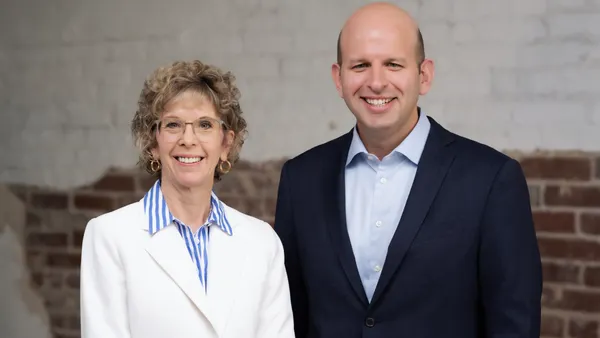Concerns about long-term financial wellness and retirement preparation have long been the primary focus of many employer financial benefit offerings. However, there’s a growing need for a more holistic set of solutions to improve employee financial security.
Strict regulations traditionally presented challenges for companies looking to expand employee financial benefits. That’s changed in recent years, thanks to the passage of the Setting Every Community Up for Retirement Enhancement (SECURE) Act, passed in 2019, and the SECURE 2.0 Act passed in 2022. With more than 100 provisions aimed at improving the financial wellness of Americans, the two laws transformed and expanded companies’ ability to offer benefits that truly address the specific financial stresses of individual employees.
Employers in various industries must carefully consider which of these provisions make the most sense for their business and their workers. Most SECURE provisions are optional, leaving it up to employers to understand which might have the greatest impact on their participant population and whether to introduce them as in-plan or out-of-plan benefits.
Several provisions aim to help employees enhance their personal financial safety net, which can enable them to start thinking about other, longer-term financial goals.
“Having no savings has the potential to not only damage employees from an overall debt perspective but to make them vulnerable in terms of things like bankruptcy due to unexpected expenses, especially medical debt,” says Charles Lattimer, chief innovation and growth officer at FinFit, a provider of comprehensive employee financial wellness solutions.
For example, SECURE 2.0 makes it easier for workers to build emergency savings. Many workers don’t contribute to their 401(k) because they’re living paycheck-to-paycheck and worry an unexpected expense could send them into debt. Under new rules, employers can set up so-called “side-car” savings accounts within their benefits programs, contributing up to $2,500 through pre-tax paycheck deferrals. The automated nature of such savings accounts — along with the tax advantages — could incentivize some workers to kickstart their savings.
New rules also allow for self-certification of 401(k) hardship withdrawals, lowering a barrier for workers who might want to make such a withdrawal but feel uncomfortable sharing personal financial information with their employer.
Also, workers can now take up to $1,000 out of their 401(k) per calendar year through interest-free withdrawals as long as they pay the funds back within three years. That type of flexibility may encourage employees who want liquidity to feel comfortable locking their money in a retirement account.
In some respects, Lattimer says, the new laws don’t go far enough on retirement savings because the benefits only help employees who already have the means to access affordable credit and non-retirement savings. To address this gap, FinFit offers a suite of benefits aimed at helping plug the holes. For example, a savings account for the unbanked population to provide workers with fee-free banking accounts and direct deposit through which they can access cash days ahead of the paycheck.
Employers must take care when making changes to any employee benefit or retirement plan offering. Start by defining objectives for the new plan or benefits, and then implement changes that make the most sense for their population. As with any new benefits, employers must dedicate resources (or work with a provider that has resources) to communicate the changes to employees. Targeted communications should explain not only how the benefit is changing, but also why it may make sense for a particular employee.
Employers also have a duty to track ongoing engagement with any new plan features to ensure that participants are using it appropriately. If employees fail to engage with the new offering, employers should make any necessary changes that might improve outcomes.
“The biggest challenge when creating financial wellness programs is promoting something that is meaningful and relevant to those that need it. We have found that the most effective way of getting someone’s attention to begin a financial wellness journey, for those who are financially coping or vulnerable, is to solve their short-term challenges today,” Lattimer says. “As you’re communicating the program, you also want to be getting feedback on the engagement side and evolving your approach accordingly.”
Learn more about how FinFit can provide solutions for truckers' financial well-being










